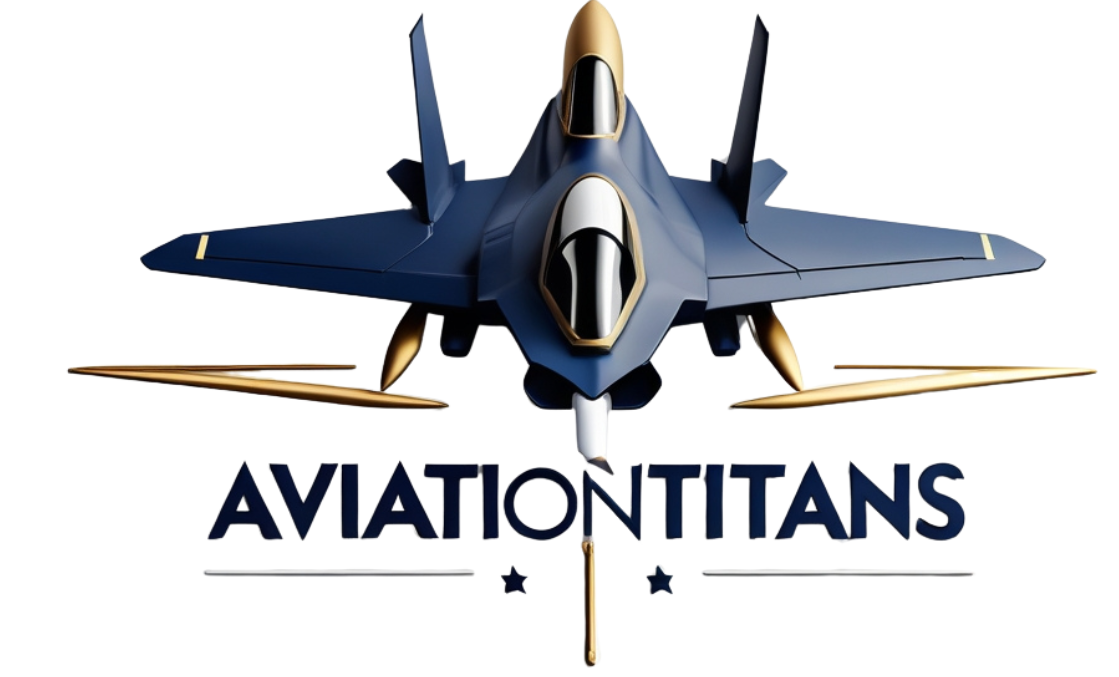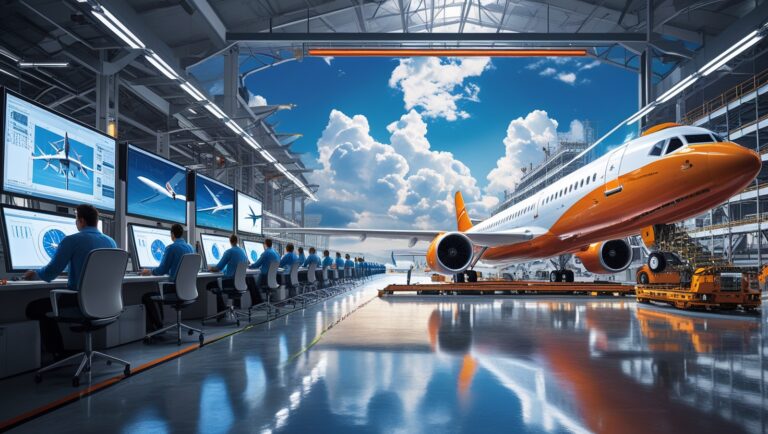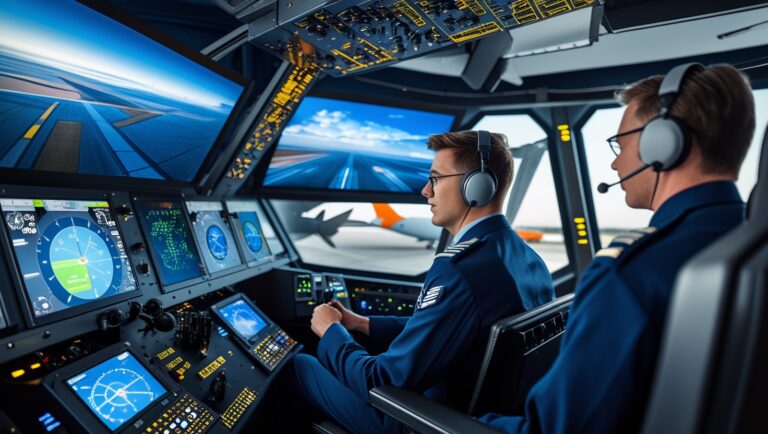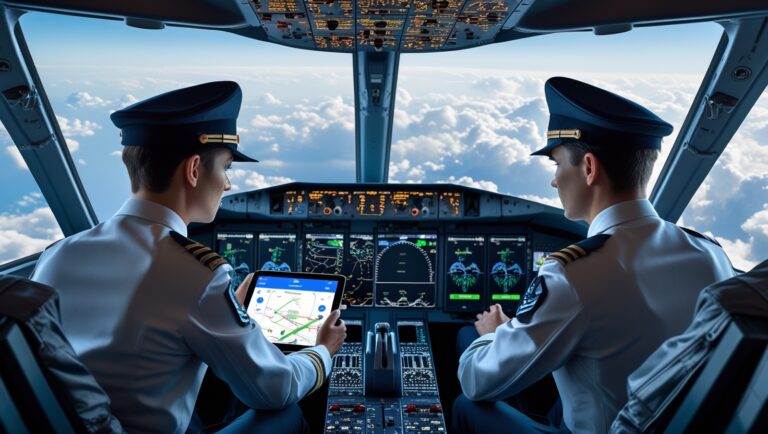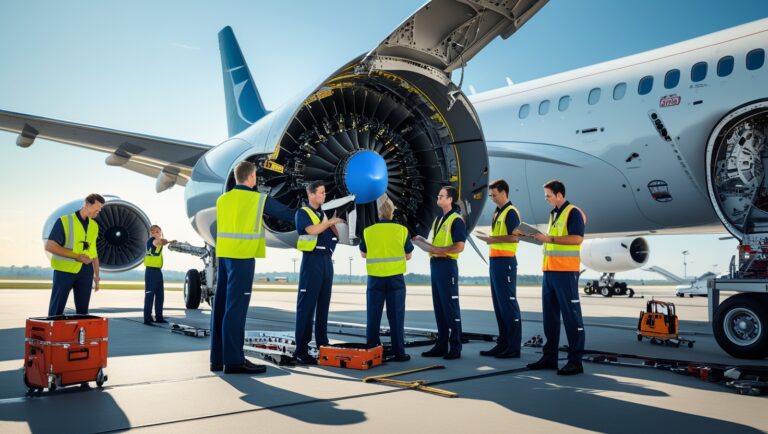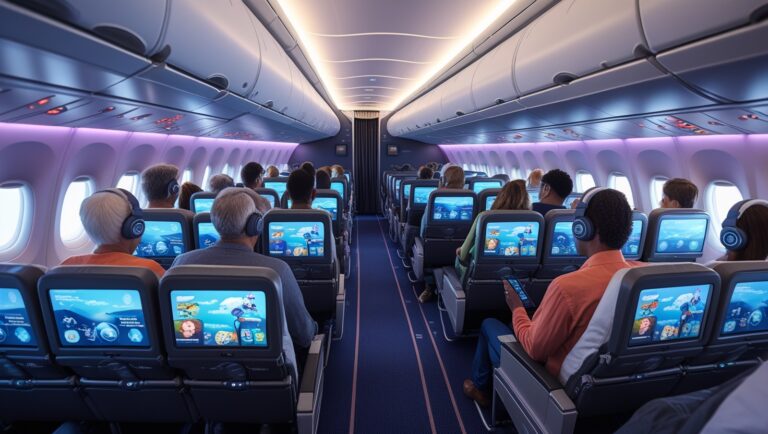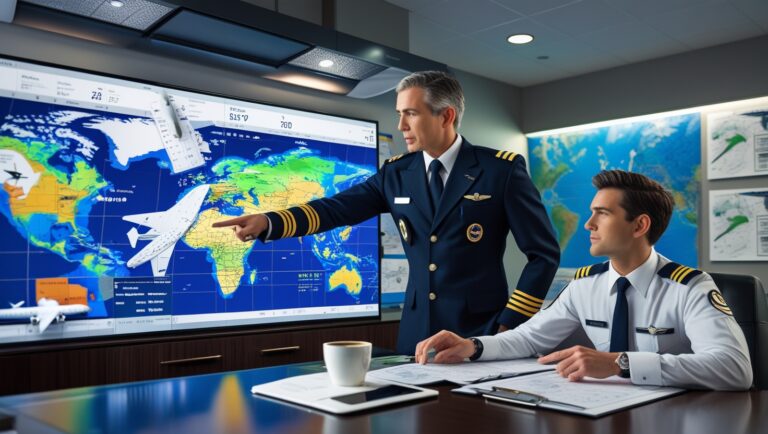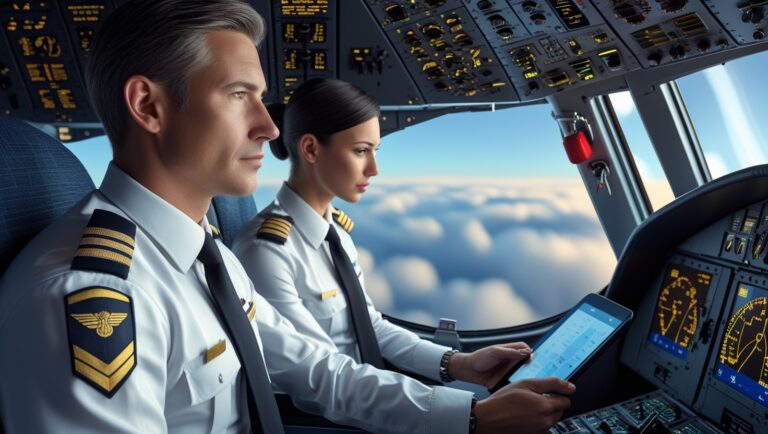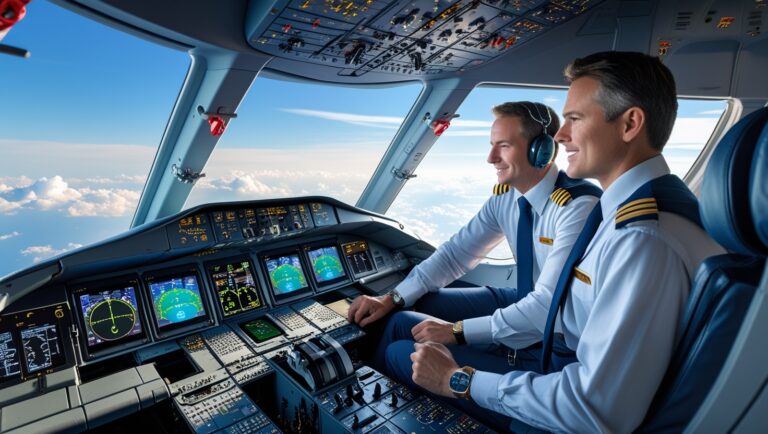Secrets of the Skies: Why Airplanes Fly at 35,000 Feet ?
When you’re seated comfortably in an airplane, looking out the window at fluffy clouds and a seemingly endless expanse of blue, you might wonder: Why do airplanes fly so high? The typical cruising altitude for commercial flights is around 35,000 feet, and there are several important reasons behind this choice. From fuel efficiency to turbulence…
